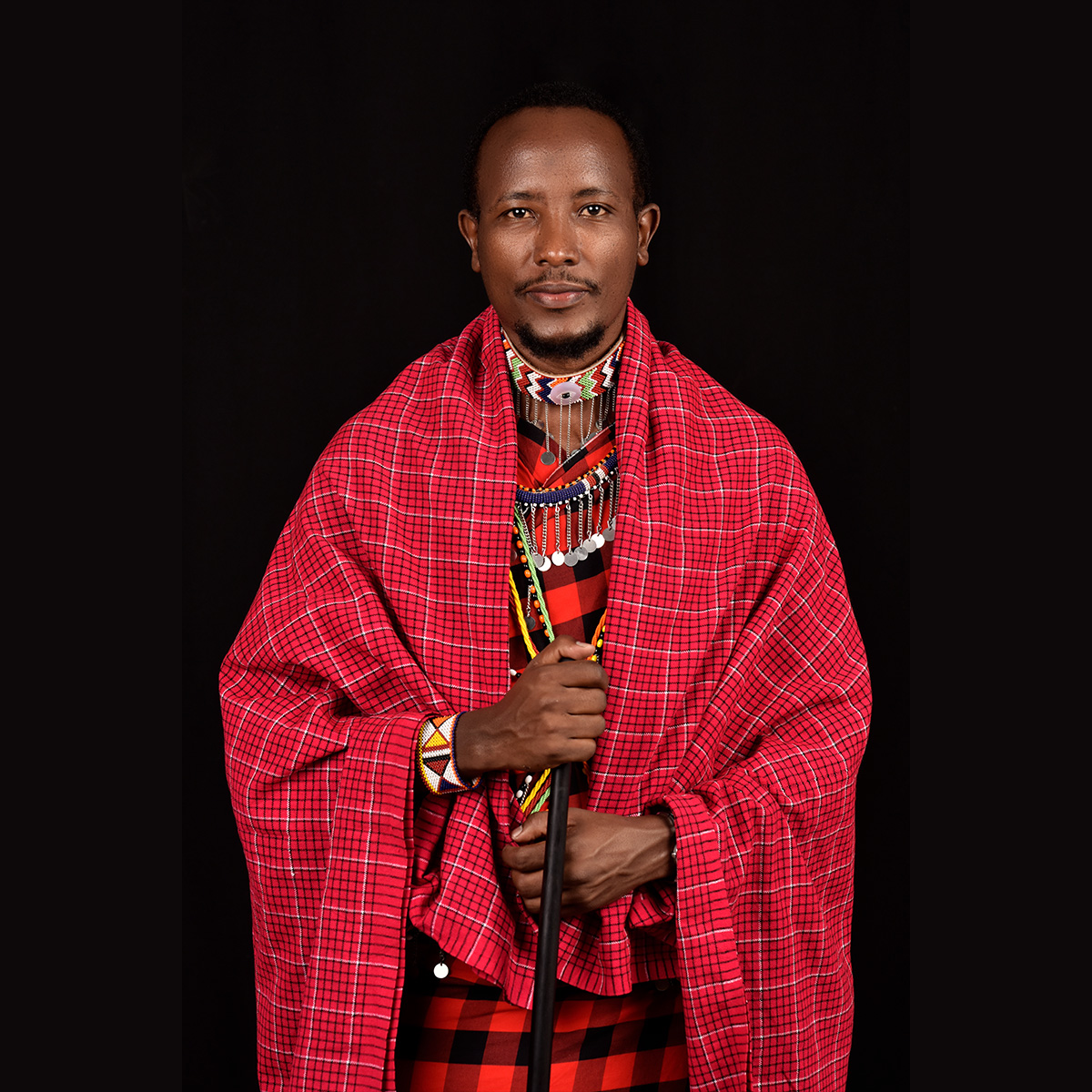
By Phoebe Nadupoi
In September 2016, while attending the Global Walk for Elephants and Rhinos in Talek, Maasai Mara, an old man rose to speak during the lunch and speeches session that followed the trek. He thanked the walk organisers for doing what he said the locals had done for as long as he could remember; wildlife conservation. That got me thinking. Whereas government agencies have been at the forefront of wildlife conservation, the role played by the local community cannot be gainsaid. The history of Maasai-wildlife coexistence is long, largely undocumented, and seldom discussed. Long before Maasai Mara National Reserve was established as a wildlife sanctuary in 1961, the local community had lived in harmony with the wildlife for years. The idea of coexistence may sound like a contradiction due to the pastoralist and nomadic lifestyle of the Maasai. The herbivores and browsers in the wild compete for pasture with cattle, while the carnivores prey upon them when a chance arises. Even in cases where the local community takes up crop farming, and some in the Mara landscape have tried, the threat of decimation by free-moving wildlife is real. All these scenarios constitute a complex, potentially toxic relationship between wildlife and the community living in conservation areas. Maasai Mara National Reserve and the adjoining conservancies tell a different story.
The harmonious relationship between the Maasai and wildlife is historical and laden with cultural anecdotes. As a general rule, Maasai people did not eat game meat; most still don’t. As such, a Maasai man has little or no motivation to kill a wild animal. The only cultural practice that involved killing wild animals was one called Olamayio, a more adventurous than strictly obligatory step in the life of a young Maasai man, involving the hunting and killing of lions for nothing more than their mane and the bragging rights that came with it. In song and chants, members of an age set paid glowing tribute to their compatriots who speared and killed lions. The community limited the casual practice to the warrior period occurring roughly every decade, during which it moulded age sets. Olamayio, as we know it, ended abruptly when government laws and policies became better known to the populace, and conservation, as we know it today, began taking root among the Maasai people.

But, the most exciting aspect of the relationship between the Maasai people and wildlife is the identification of clans by totems. Among the Purko, who comprise most of the community living around Maasai Mara, each of its five clans associates with a wild animal as a totem. For this article, we will take the example of the Iltaarosero clan, whose totem is a hyena. Legend has it that the clan’s father, Losero, was born a twin. His mother left him in the forest where she had delivered and took home the other twin. When she reported leaving the baby in the forest, elders dispatched a search party. After a day of difficulty searching every inch of the forest, the search party found the baby under the care of a hyena. And so the baby was named Losero because he had been lost in “osero” (thicket), and the hyena became the clan’s totem. To date, the clan is called Iltaarosero, borrowing its name from “Losero”.As far as the circumcision of boys went, the circumciser was a man called “Oltorroboni,” a demonym for a largely hunter group of people whose assimilation by the Maasai we will not delve into here. On the morning after a boy or boys had faced Oltorroboni and not twitched a nerve, they would be served a mixture of milk and blood as their first meal. In the case of a few families whose bloodline does not sit well with common rituals, their sons were taken for circumcision at Oltorroboni’s home or one belonging to his relations, and instead of the mixture of milk and blood, they would be served a wild animal’s steak, mostly a zebra’s for that was the favourite of the Iltorrobo people. When Iltorrobo stopped killing wild animals and started drawing benefits that went into their bank accounts instead of their stomachs, they improvised a more ecologically sound alternative for the boys who went to their homesteads for the circumcision rites. They started feeding them honey for that little but symbolic meal, and mother nature has been grateful for their ingenuity.
There is a long-running joke among the Maasai that long ago, gazelles, buffaloes, and zebras belonged to women. Gazelles were the equivalent of goats, buffaloes the equivalent of cows, and zebras were the women’s beasts of burden. One day there was a feast in the village, and all women were so engraved in it that they forgot about their earthly possessions. That is how their animals ran to the forest, never to be domesticated again.
Today, the animals remain in the wild. But they are a source of lease fees for men and women. The revenue from wildlife goes into bursary kitties and public infrastructure such as schools and dispensaries. The Maasai, on their part, have never stopped caring for the wild animal. Save for a few isolated cases when wild cats have mauled a sheep or a cow and anger preceded the locals to take revenge, it has been a cordial relationship. In the few instances when wild animals have visited their former homes for a diet change, their previous owners have known better than to kill them. They now file reports of any such attacks, and the leadership of the conservancies has and continues to improve the mechanisms by which consolation is paid to the affected pastoralists, hence sustaining, even strengthening the conservation model and watering the ever-blossoming relationship between man and beast.
Ole Nchoko is a Researcher, Social Commentator, and a Mara Resident; tolenchoko@gmail.com




